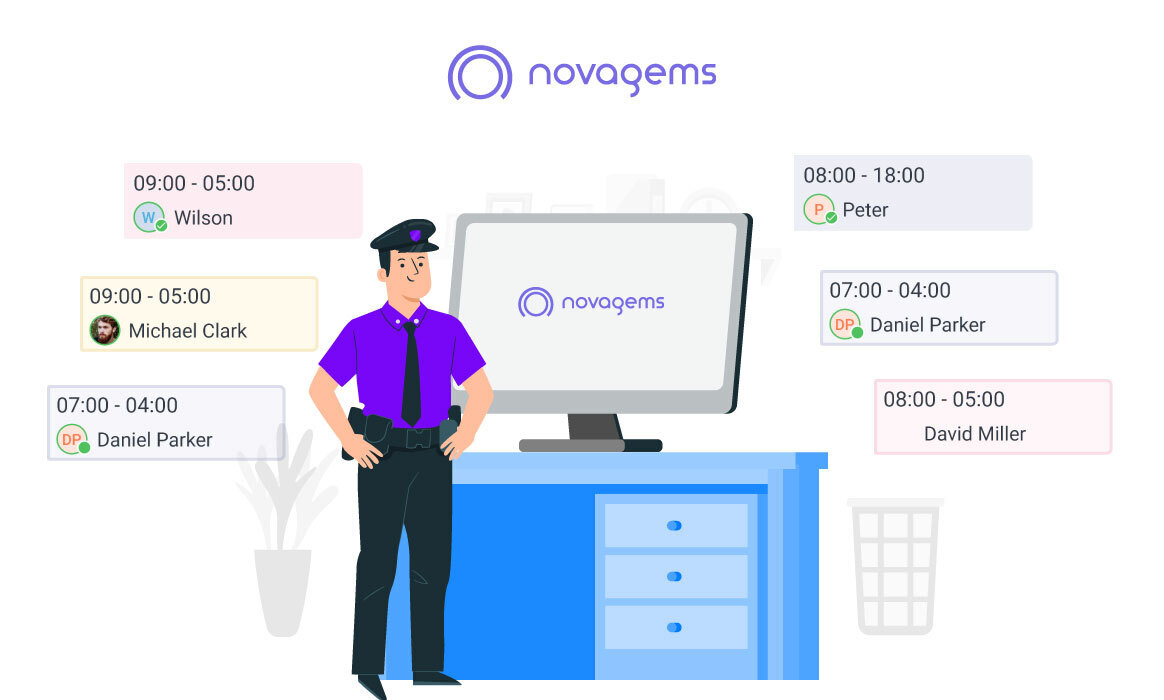The finance and banking sector is one of the earliest and one of the most vigorous users of data analytics. It is not a surprise provided the stakes and the risk involved in this domain. From securing the right customers to protecting the assets to growing the business model, nothing can move without a firm data analytics and data governance platform. These sectors invest the most amount of money and employ a large part of the data science work force. Let us find out what drives the banks and the non banking financial institutes towards data science and what turns a person who has undergone a good data science course into an asset for a financial institute.
Risk alleviation
Data plays a central part in risk management. The financial managers lose sleep over regulatory compliance, data quality and granularity of data. Since the financial services are spread across various networks and mobile devices, the complexity involved in data storage and usage escalate. Capable data analytics resources led by a senior data science professional can go a long way for a bank in terms of mitigation of risk, fraud detection, and maintaining the reporting standards.
Data analytics cannot ensure risk free operation but it can achieve a stable and reliable estimation of the risk factor. It can also be used to prescribe solutions to alleviate the risk significantly.
Fraud detection
Identifying fraudulent transactions after they have been made only adds to the frustration. But the data acquired from these transactions can be turned into insights that may help detect potential frauds in an early stage – before the asset is lost.
Recognizing a pattern in transactions is a daunting task for human eyes, more so with limited time and resources and virtually unlimited data to sift through. This is where machine learning comes into play. Machine learning algorithms can be trained to recognize anomalies that are attributed to potential frauds. The principles of data science and statistics support these algorithms.
Customer management
Engaging the right customer at the right moment and with the right content is an obligation as well as a challenge for the financial workers.
Advanced analytics can be deployed to perform customer segmentation based on various features like age, profession, place of residence, and then make further segmentation based on personal features.
This allows organizations to fine tune their marketing efforts for certain customer belts and thus engage them with more effect.
With the increasing popularity of online banking and trading customer management has worn new layers of complexity and advanced analytics seems to be the only way to cope with the needs of the hour.
Real time analytics
Organizations have been storing data in different forms for ages but all that data is often rendered impactless through a sudden change in circumstances. The real potential of data can only be realized through real time analytics – analysing data and applying the begotten insights as they are produced.
Real time analytics has an impact on all data related operations in an organization. It takes customer engagement to a whole different level.



